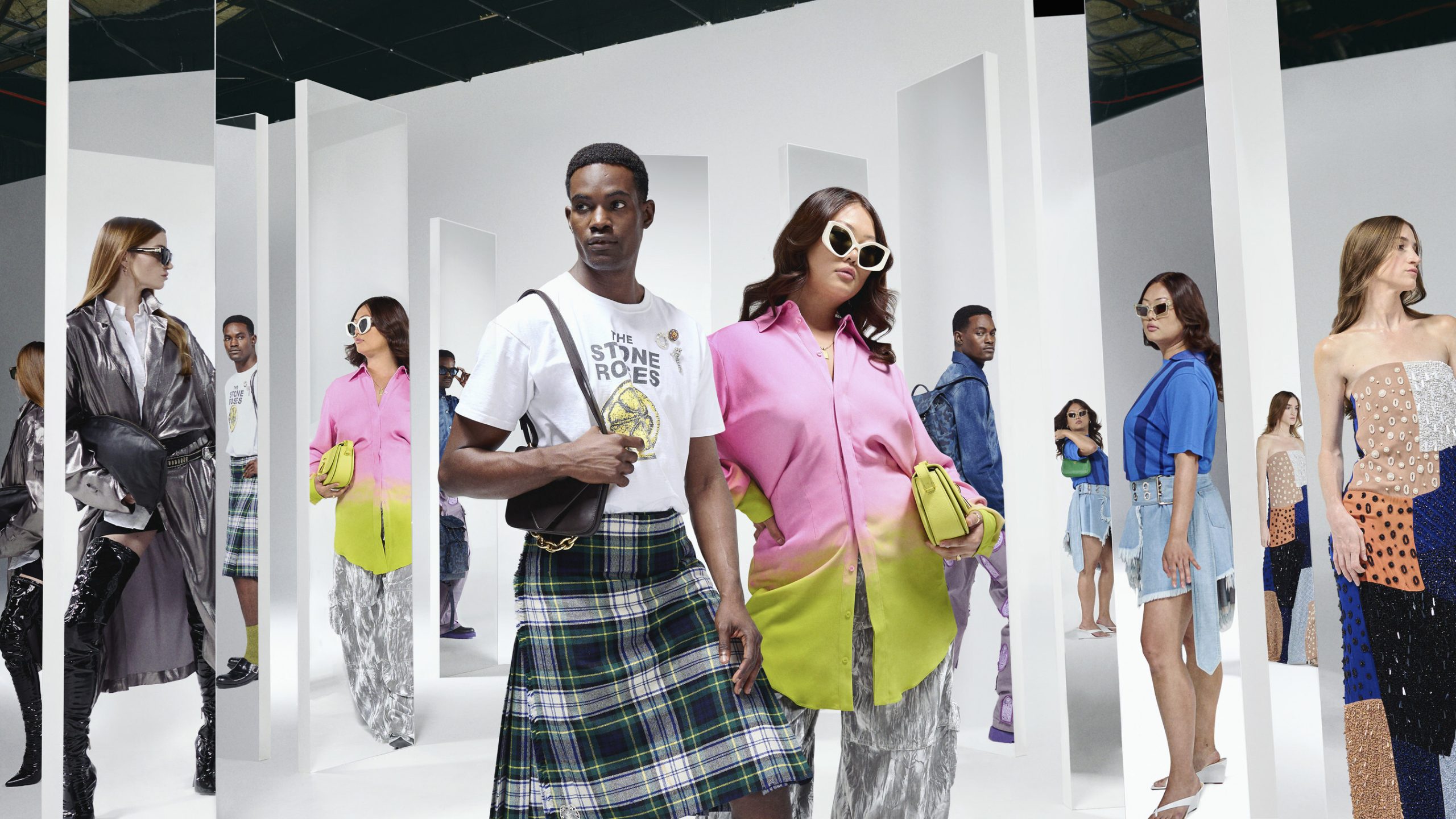London Fashion Week recently took a significant step toward sustainable fashion by hosting its first-ever scheduled show for pre-owned clothing. This shift toward circular fashion reflects a growing interest among designers to combat the industry’s wasteful practices, historically making apparel one of the largest global contributors to carbon emissions.
One of the standout events was The Endless Runway, a collaboration between eBay and the British Fashion Council. This event aimed to challenge the traditional linear production model, which promotes fast consumption and quick disposal, by showcasing fashion that prioritizes reuse and sustainability. The show featured archival pieces from prominent UK designers such as Christopher Kane, J.W. Anderson, and Simone Rocha, demonstrating that stylish looks can be achieved using existing materials.
Another key event, Oxfam’s Style for Change, in partnership with secondhand resale app Vinted, also highlighted the viability of circular fashion for mainstream consumers, with all the outfits available for purchase throughout September.
In addition to circular fashion, sustainable innovations were a highlight. Designer Patrick McDowell presented a collection featuring biobased fabrics, including faux mycelium leather and deadstock materials. His designs underscored the compatibility of sustainability and creativity, drawing inspiration from the life of queer British artist Glyn Philpott.
McDowell’s work, which uses eco-friendly elements like petrochemical-free dyes, aligns with his role as the global design ambassador for mycelium company Ecovative, cementing his reputation as a leading name in sustainable fashion.
These events reflect a growing awareness of fashion’s environmental toll. The global apparel industry consumes vast resources, from water-intensive cotton farming to the production of petroleum-based polyester. Over the past two decades, clothing consumption has surged by 400%, largely driven by fast fashion’s emphasis on low-cost, short-lived garments.
Although luxury fashion is often seen as a more sustainable alternative, it also has environmental pitfalls. A recent report by the Changing Markets Foundation revealed that major luxury brands like Kering and LVMH are significant synthetic materials users and have inadequate microplastic policies, further contributing to pollution.
Fashion shows like those at London Fashion Week have the power to influence consumer behavior by demonstrating that pre-owned clothing and reused materials can be both fashionable and unique. More designers are experimenting with rental couture and biobased collections, shifting focus away from seasonal purchases toward long-lasting, environmentally-friendly choices.
The concept of circular fashion is supported by Gen Z, whose preference for mismatched textures, colors, and patterns aligns with a broader rejection of high fashion’s sleek aesthetic. This trend, along with the rise of secondhand shopping via platforms like eBay and Depop, suggests that younger consumers are helping drive the shift toward sustainability.
For circular fashion to become mainstream, several challenges must be addressed. One major obstacle is the lack of consumer knowledge about repairing and customizing secondhand garments. Expanding repair cafes and offering alteration services could make used clothing more accessible and desirable to a broader audience.
Another key issue is the need for widespread collection services for used clothing, facilitating easier recycling and repurposing of materials on a larger scale. Additionally, a standardized measure of clothing durability would allow consumers to make more informed purchasing decisions, balancing cost with longevity.
While individual designers and brands are leading the charge for sustainability, the broader industry still relies on cheap labor and petrochemical materials in developing nations. This highlights the need for stronger global governance to regulate the fashion supply chain. Without systemic changes that prioritize environmental sustainability and social equity over profit margins, circular and sustainable fashion will remain confined to a niche corner of the market, unable to counterbalance the growing environmental footprint of the global industry.
The inclusion of circular fashion at London Fashion Week is a hopeful sign that the industry is beginning to shift towards more sustainable practices. However, to create lasting change, the fashion world must address deep-rooted supply chain issues and adopt new models of production and consumption that emphasize durability, ethics, and environmental responsibility. Only then can the industry’s impact on the planet be significantly reduced.
